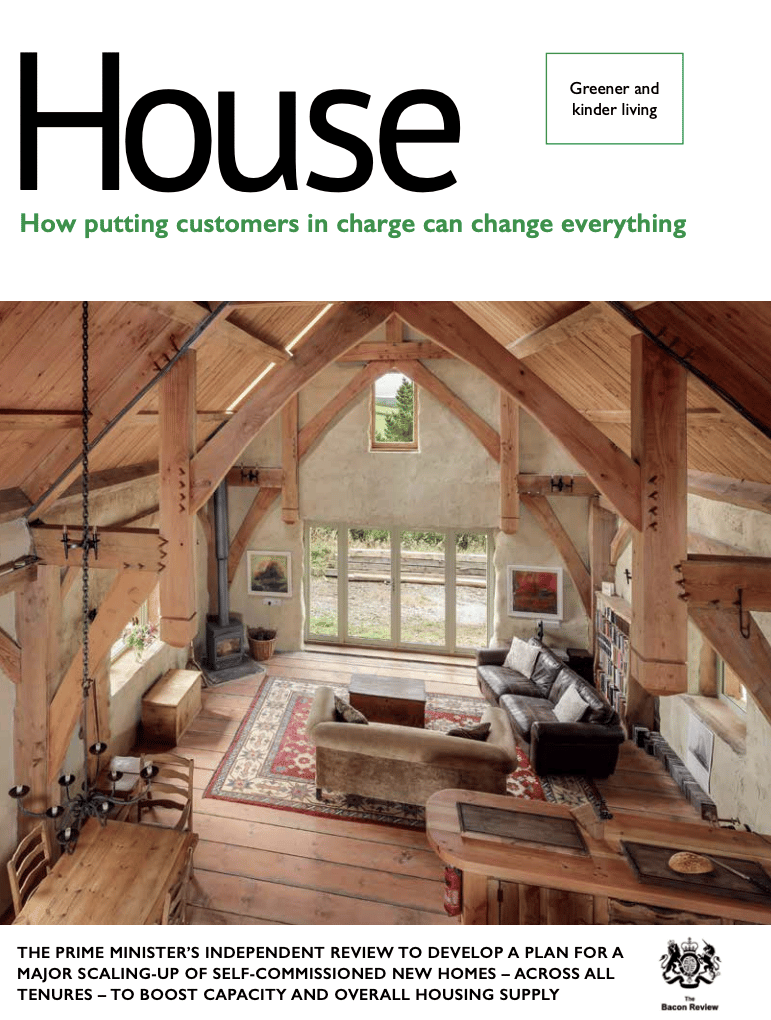The drive for self-build housing – time to roll up our sleeves!
As a nation, we have long relied on small, medium and large house builders to provide our much needed new homes. Increasingly these developments have found themselves under fire for their “bland architecture” or are labelled as “shodily built estates” (as referred to in a recent Times article).
There is a growing acknowledgement from National Government that we need to build homes ourselves – with the focus on putting the customer in charge, but unfortunately this still seems to be a foreign concept.
The Times report commented that in the UK approximately 13,000 homes a year are built as “self-build” by their future occupiers (about 8 percent of total annual housing development). Compare this to Germany where 55 percent of homes are built individually.
A Government review by Richard Bacon on housing and self-build (published 21/8/21) was damning to say the least, referring to new housing as something feared and thought of as pollution.
Of note, one of the six key recommendations in the review was “Offering greater support to Custom and Self-Build housebuilding through planning reforms”.
Whilst we still wait with bated breath on how emerging Government reforms from the recent planning White Paper will offer greater support to self-builders, there are some actions you can take now, to progress your aspiration to build your own home a reality.
- Contact the local council of the area where you want to build your home and ask to join their Self-build Register List. This helps the Council in understanding their local demand and how they can provide the necessary plots within three years. Individuals or groups can register their interests, which is a good way of ensuring serviced plots come forward for purchase. Of course, the main constraint here is the waiting game.
(Since 2016, councils have had to supply plots to individuals within three years of being added to their Self-build Register List, or they are considered to be technically undersupplying homes which puts their Five Year Supply calculations and housing policies into question).
- If you already have already found your dream plot, before beginning a planning application, it is important to understand whether your plot has any environmental or heritage restrictions and consider it’s suitability for development based on sustainability requirements.
Self build has a compelling edge over “normal” residential development, if your Council is undersupplying on Self-Build demand and has missed the three year target, then a presumption in favour of sustainable development can apply. The self-build argument therefore can add another important string to your bow of planning arguments in defence of securing planning permission.
There are also cost benefits to applying for Self-Build with the opportunity to seek exemption from Community Infrastructure levy’s (CIL) from your planning permission, which can often be a costly post-planning bill to receive from the Council.
Mcloughlin Planning has years of experience securing a variety of self-build developments, from “grand design” homes to individual new private homes across the country. In addition to raising awareness of this development route with our clients, we can offer experience advice on your opportunities for securing planning permission.
Please contact Chris Moore chris.moore@mplanning.co.uk 07990 656351 to discuss any queries you may have on getting planning permission for your self build home.
